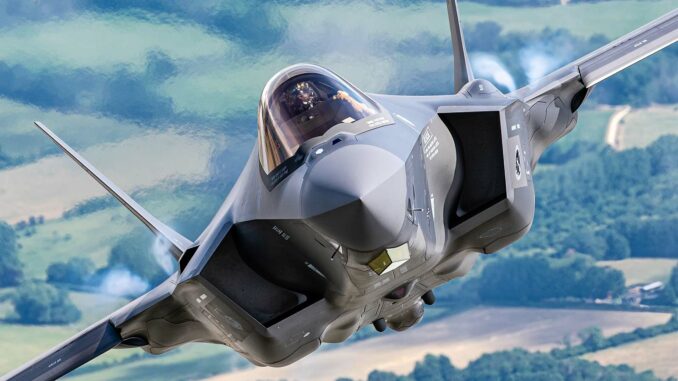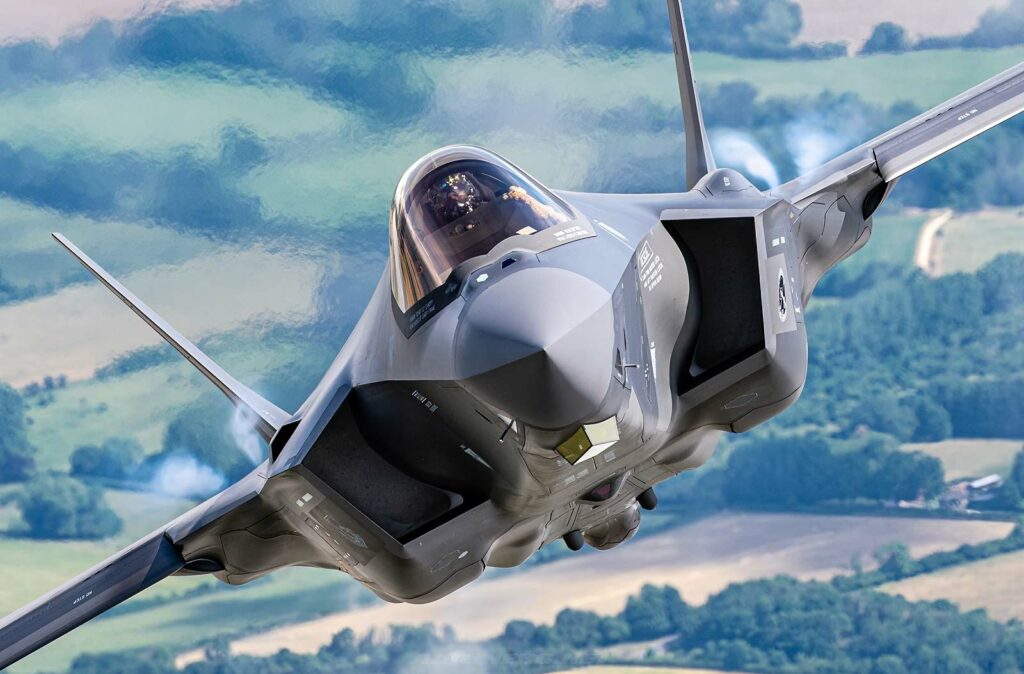
Detailed analysis of the deployment of US F-35s in Poland, aimed at strengthening deterrence in Eastern Europe against Russian threats.
The recent deployment of four F-35 Lightning II fighter jets to Poland’s Lask air base marks a significant shift in NATO’s defensive posture in Eastern Europe. This strategic move by the United States is intended to send a clear message of deterrence to Russia, in a context of heightened regional tensions.
Background to F-35 deployment in Poland
The replacement of F-16 Fighting Falcons by F-35s at Lask Air Base represents not only an upgrade in air capabilities, but also a transition to an era of 5th generation deterrence. The F-35, with its advanced stealth technology, is seen as a crucial asset for strengthening NATO’s collective defense and ensuring a coordinated response in the event of conflict.
F-35 technical details:
- Stealth: Designed to evade radar, the F-35 is a major asset in highly surveilled areas.
- Advanced sensory capabilities**: Equipped with sensors that collect and share information in real time, enabling greater situational awareness.
- Operational versatility**: Capable of executing a variety of missions, from air superiority to ground attack.
Strategic implications of the deployment
The deployment of F-35s in Poland is a direct response to Russia’s growing threats, particularly with regard to its campaigns in Ukraine and its anti-NATO rhetoric. The increase in the number of F-35s in Europe, with a forecast of over 500 aircraft by 2030, reflects a clear strategy of NATO air supremacy against Russia.

F-35 advantages in a deterrence context:
- Technological superiority : 5th generation technology offers a significant advantage over earlier generation aircraft.
- Interconnectivity : Network capability enables unprecedented coordination between the air forces of NATO member countries.
- Presence-based deterrence: The simple deployment of these advanced aircraft can deter hostile action.
Potential disadvantages:
- Cost : The F-35 is a considerable financial investment for member countries.
- Technological dependence : Maintaining and updating complex systems can limit operational availability.
- Political issues : Deployment may be seen as an escalation in regional tensions, risking increased political friction.
Consequences of strengthening the F-35 presence
The reinforcement of the F-35 presence in Eastern Europe has several geopolitical and military implications. On the one hand, it improves NATO’s ability to defend its members against potential incursions, thereby enhancing regional security. On the other, it could prompt Russia to modernize and increase its own military capabilities in response.
The deployment of F-35s in Poland is a key element of NATO’s deterrence strategy, designed to maintain air superiority against a backdrop of growing tensions with Russia. This strategic move not only strengthens the security of NATO member countries, but also alters the balance of air power in the region. The future of this dynamic will depend on many factors, including Russia’s political and military responses to NATO’s moves.
War Wings Daily is an independant magazine.